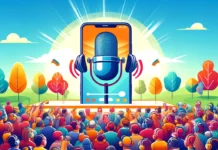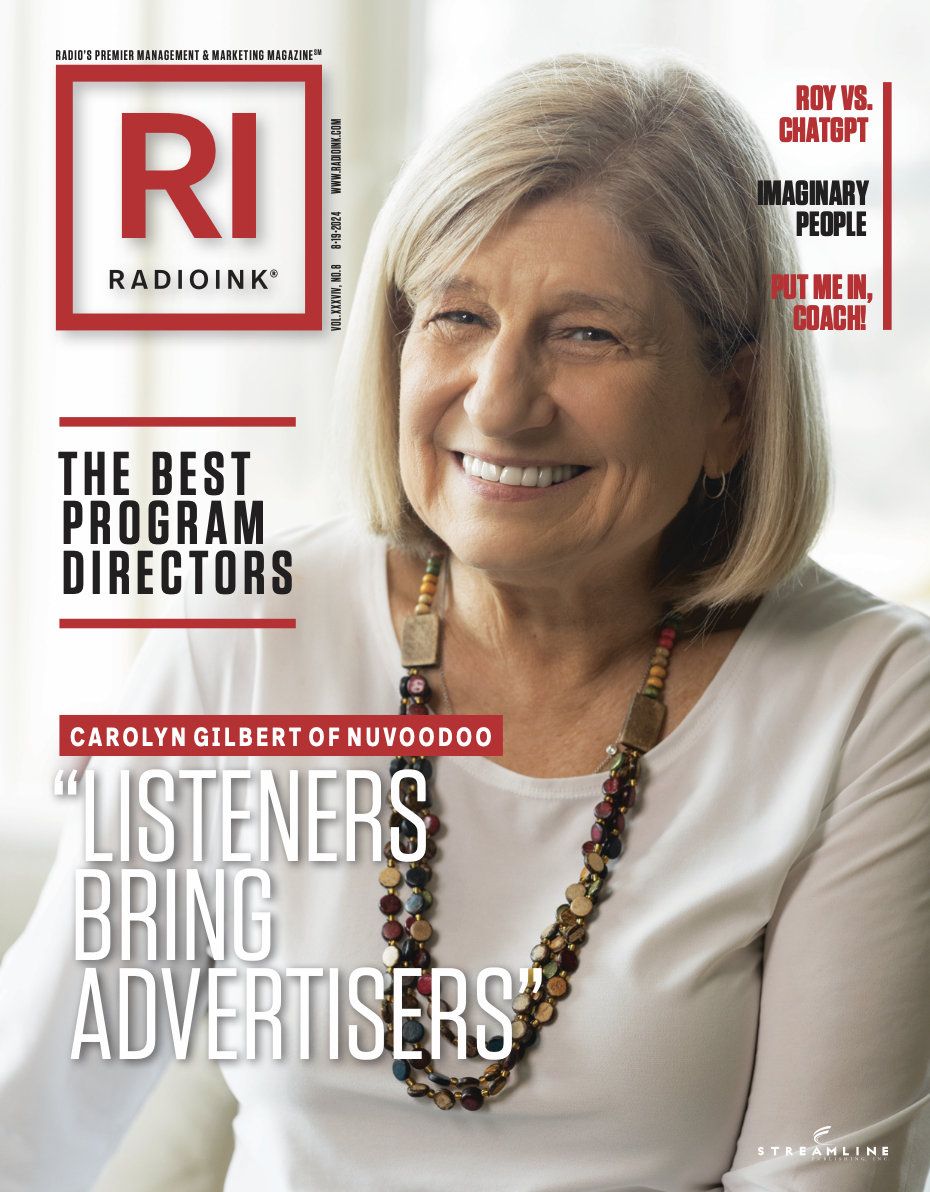
The trend of declining car ownership among Gen Z is raising eyebrows as many in the younger generation forgo car ownership – once considered a rite of passage in America. With radio remaining king of the car, what happens if a generation stops driving?
The US Department of Transportation’s Federal Highway Administration data shows the percentage of 19-year-olds with a driver’s license dropped from 87.3% in 1983 to 68.7% in 2022.
In the third quarter of 2023, 45% of all of time spent with AM/FM happened in a car. Gen Z and younger Millennials actually over-index in this area, with 56% of 13-34 year-olds exclusively engaging with radio in vehicles. If auto usage drops, it stands to reason that radio’s reach would take a significant hit as well, especially as radio listening time has started to lag behind Streaming Music sources like Spotify and Apple Music as well as YouTube for today’s 13-22 year-olds.
Rising car prices exacerbate this issue, with the average new car price jumping 32.2% since 2019 to $44,604, per the Wall Street Journal. The shift away from driving is reflected in Gen Z purchasing behaviors, with a slight decline in their share of new and used car sales since 2022. Insurance costs are also a deterrent. A June J.D. Power survey revealed that insurance rates in the US rose by an average of 11.2% in the past year.
The WSJ article talks with 19-year-old college student Angelina Reyes, who does not have a license. She relied on her parents and boyfriend for transportation to her summer internship. However, this could provide a potential bright spot for radio. Older demographics are statistically more likely to listen to AM/FM.
The International Federation of the Phonographic Industry found AM/FM engagement peaks within the 35-64 age range, where it stands above 77%. If the driver controls the entertainment, this increases the probability that they will expose younger ones to the radio – giving more opportunities for great radio to win over younger listeners.
With these changes outside of the industry’s control, it serves as a reminder for radio to consistently meet the audience where they are, even if that’s outside of long-standing norms.







Isn’t this “exposure“ to older generations’ enroute programming choice with a literally “captive audience“ passenger a lot like hoping your secondhand smoke will make your friend high? Lol… time to rethink this a bit. On the other hand, when I was a kid, I had a bicycle radio. Don’t hold your breath, but maybe they’ll also come back.
In the interim, let’s focus on keeping the legislation hot on mandatory inclusion of a.m. in car radios.
Gen-Z doesn’t own as many cars not because they don’t want the freedom it brings, but because the massive inflation of the last four years has made even essentials unaffordable. Young adults can’t even buy a house at 7% interest and prices up 50% over 2020. You people who write these article really should educate yourselves.